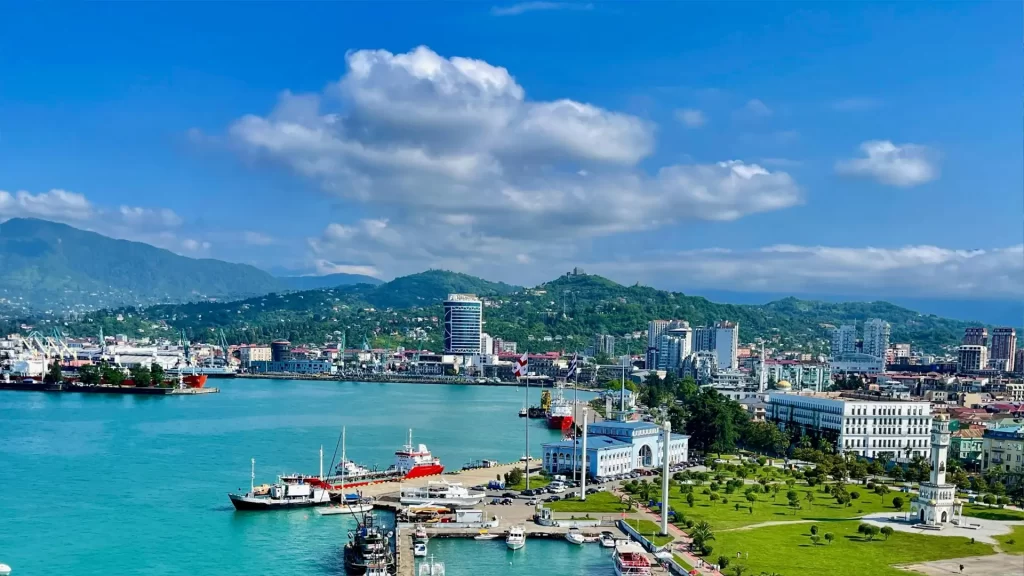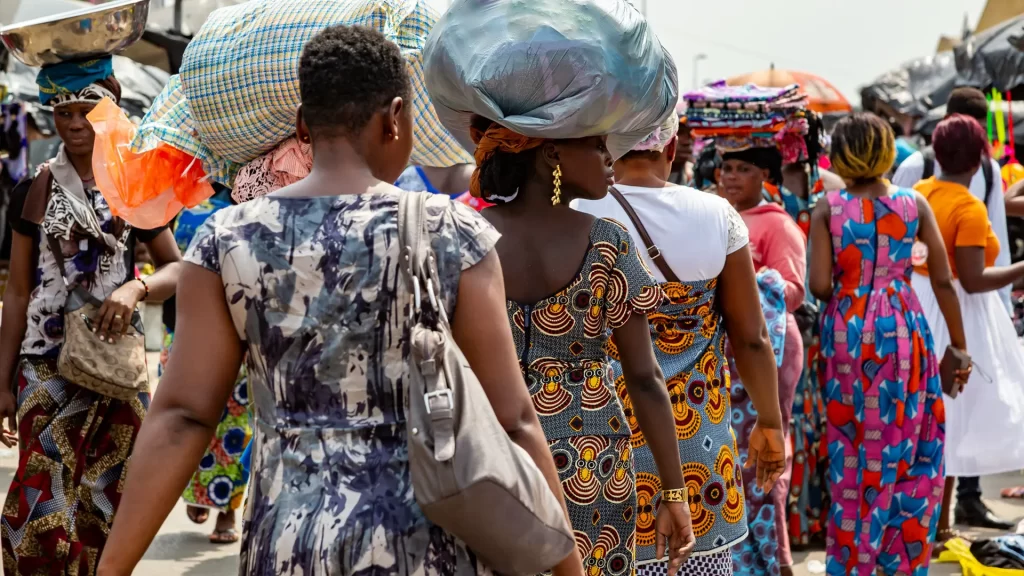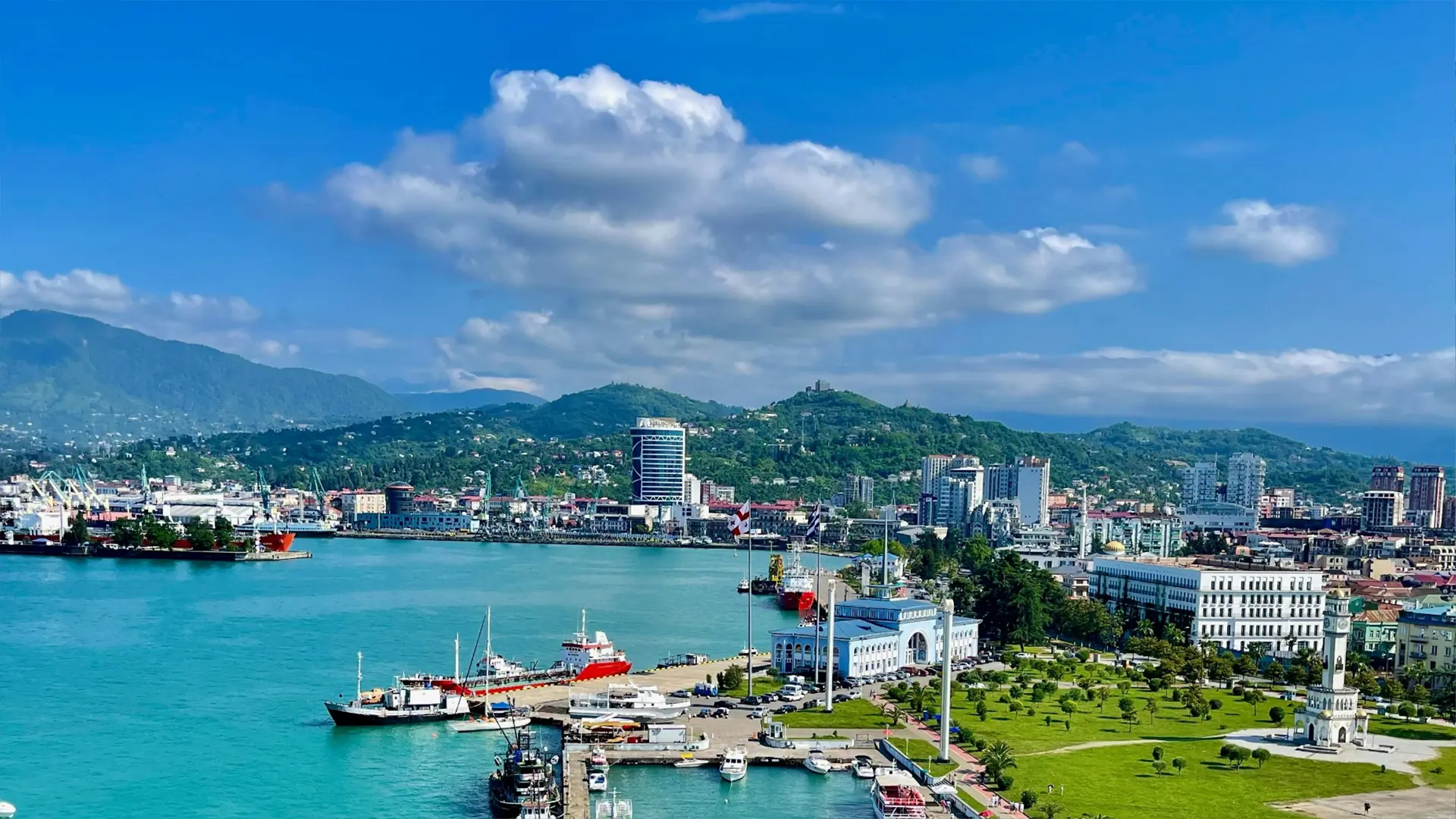As developed markets mature and saturate, the gravitational pull of emerging markets is becoming impossible to ignore. Last year alone, 113 million new consumers surpassed the $12-a-day spending threshold, unlocking an extra $2.3 trillion in purchasing power. This isn’t just a demographic shift; it’s a structural transformation of global demand. And the implications for European businesses and business in general are profound.
Our latest whitepaper, “Rising middle income | Deep dive into opportunity”, offers a front-row view of this evolution. Drawing from our deep local presence in 25+ markets and decades of advisory experience, we discuss what the emerging middle class is buying, how market behaviours are shifting, and where the smart money should go next.
The whitepaper is available for download now, and for decision-makers navigating international growth, it may well be the most important reading you’ll do this quarter. But that is just our opinion.
A demographic surge with trillion-dollar implications
Emerging markets today account for nearly 60% of global GDP, up from just under 50% a decade ago. This economic ascent is not only persistent, it’s accelerating. According to the World Bank, the $2.3 trillion in new purchasing power unlocked in 2024 is equivalent to the entire consumer market of Germany.
And this is just the beginning. By 2030, global growth will be driven not by incremental consumption in saturated markets, but by eight “new Germanies” consumer markets emerging across Asia, Africa, and Eastern Europe.
For businesses in sectors such as agri-food, automotive, FMCG, and manufacturing, this surge in consumer spending presents both a growth imperative and a competitive threat. Waiting too long means surrendering first-mover advantage to faster, more agile players.
What the middle class wants, and why it matters
The transition from subsistence to aspiration is transforming consumption patterns across the developing world. The new middle class is trading up, replacing staples with protein, convenience, connectivity, and leisure.
Spending priorities are shifting across the 12 COICOP categories, from food and housing toward education, recreation, healthcare, and personal goods. Credit penetration (BNPL, e-wallets, microloans) is smoothing the path from aspiration to acquisition, allowing middle-class consumers to leapfrog traditional barriers. The upward shift is no longer about cost arbitrage; it is about market proximity and cultural fluency.
- Consumer brands must localise their offerings and supply chains to deliver “affordable luxury” at scale.
- Healthcare providers are seeing rising demand for private care and wellness services.
- Education and training firms are tapping into booming middle-class investments in upward mobility.
- Automotive and mobility firms face a new status-conscious, vehicle-aspiring generation.
Market snapshots | On the ground with Larive’s experts
What makes emerging markets especially dynamic is their heterogeneity. That’s why our whitepaper includes deep dives into three economies, Vietnam, Côte d’Ivoire, and Georgia, each revealing distinct demand patterns, risks, and strategic inflexion points.
Georgia | Affluent growth in a gateway economy
Nestled between Europe and Asia, Georgia has quietly emerged as a retail and real estate hotspot. Consumer spending is forecast to grow by over 150% this decade, driven by urban middle-class households. Demand is rising for branded FMCG, imported goods, and private sector services. E-commerce and suburban development are reshaping retail landscapes. For lifestyle and infrastructure brands, Georgia offers a gateway into the wider Caucasus and Central Asian region.
Côte d’Ivoire | digitally native, aspirational, young
With a median age of just 18 and a GDP forecast to grow 6.5% in 2024–2025, Côte d’Ivoire is among the continent’s brightest stars. Fintech and mobile money have transformed access to consumer goods, while rising incomes are powering a boom in e-commerce, health, and tourism. For companies in food, fashion, digital services, and wellness, this is the moment to enter.
Vietnam | A shift from basics to experiences
Vietnam’s household spending is projected to jump by 84% from 2019-2029. Food remains dominant, but education spending is set to double, underscoring the country’s cultural emphasis on academic achievement. Meanwhile, the rise in spending on recreation and dining signals a tilt toward experience-driven consumption. For brands that understand Vietnam’s cultural dynamics, the opportunities are enormous.
Because strategy needs local intelligence
Global data tells you what. Local intelligence tells you why. And at Larive, our job is to make sure you understand both.
Our on-the-ground partners in 25+ countries don’t just offer contacts, they offer context. Through our Market Intelligence services, we unearth non-obvious insights: informal pricing dynamics, culturally specific purchasing drivers, regulatory curveballs, and hidden value chain inefficiencies. From tailored market entry strategy and value chain optimisation to risk assessment and post-entry support, we help you answer all these critical questions.
Download the whitepaper | Your strategic compass to emerging markets’ rising middle income
Whether you’re scouting new frontiers in Southeast Asia, seeking consumer insights in Sub-Saharan Africa, or recalibrating for growth in Eastern Europe, this report will surely tease you with the intelligence and clarity needed to make confident, timely decisions.
Download your copy on our Insights & downloads page.






